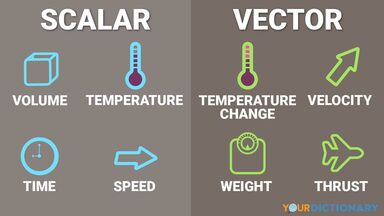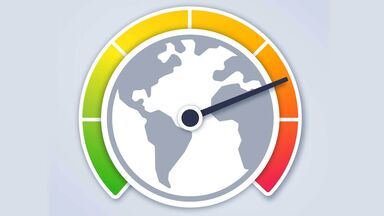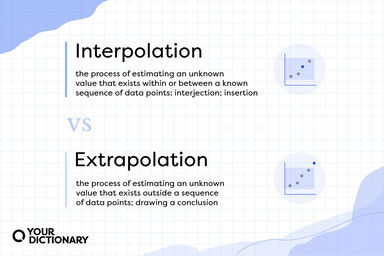Many stars satisfy the condition of equality of polar distance with that of y Draconis, but few were bright enough to be observed in Molyneux's telescope.
The axis of rotation AB bears a rigidly attached rod DBC inclined to it at an angle equal to the sun's polar distance.
The value of "one revolution of the screw in seconds of arc" can be determined either by observing at transit the difference of zenith distance of two stars of known declination in terms of the micrometer screw, the instrument remaining at rest between their transits; or by measuring at known instants in terms of the screw, the change of zenith distance of a standard star of small polar distance near the time of its greatest elongation.
Instead of it is frequently used the complementary angle ZOP, known as the polar distance of the body.
In the measurement of equatorial co-ordinates, the polar distance is determined in an analogous way.





